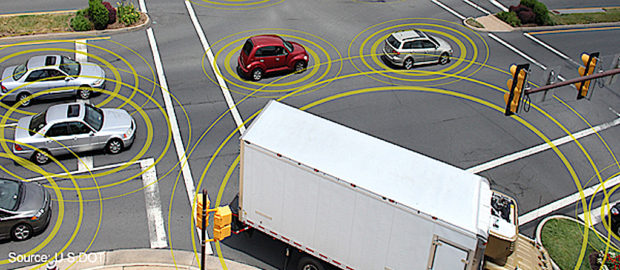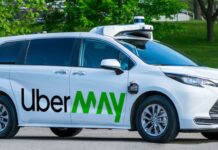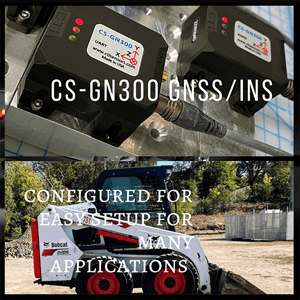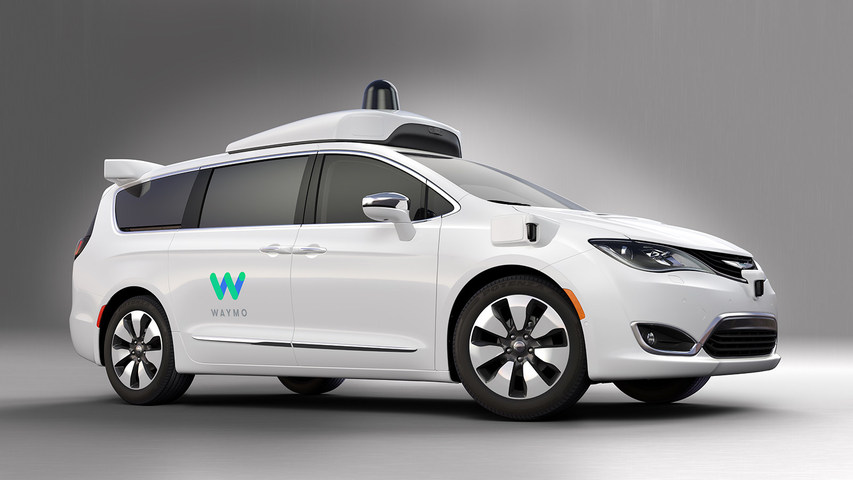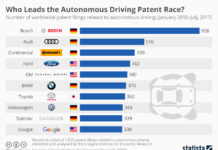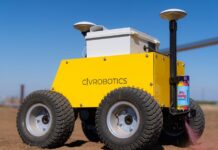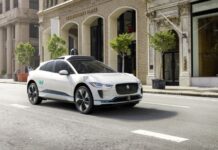Neither snow nor rain nor heat nor gloom of night stays these couriers from the swift completion of their appointed rounds-and if the United States Postal Service has its way, the robots won’t stop them, either.
In recent years, the transportation industry has undergone some significant changes. For example, trucking companies can now use recruiting software such as Tenstreet to ease the recruitment process for their fleets. Hiring new truck drivers can often seem overwhelming and therefore it is interesting to contemplate what the future might hold for recruitment in the transportation industry.
But yes, the agency you know best for bringing you junk mail addressed to whomever lived in your apartment before you has also caught robofever. It plans to put semiautonomous mail trucks into service in just seven years, and it seems to think it can pull off a shift away from human driving without shedding mail carrier jobs.
That’s all according to the postal service’s Office of the Inspector General, which oversees the agency and last week released a report on its plans to work autonomy into its 228,000-vehicle fleet. Those plans are already in motion: The post office has partnered with the University of Michigan to build what it’s calling an Autonomous Rural Delivery Vehicle, which it wants to launch on 28,000 rural routes nationwide as early as 2025.
In this vision, the postal worker sits behind the wheel but lets the truck do the driving, sorting mail and stuffing letters and packages into mail boxes while rolling down the street. Eliminating the need to constantly park the vehicle, get out, then get back in and get back to driving would yield, the report says, “small but cumulatively significant time savings.”
This being a semiautonomous mail truck, the driver would have to be ready to take over control at all times. In the beginning, researchers say, this will be especially important while navigating from the post office to the beginning of the postal route, and while navigating intersections.
The postal service reasons the experimentation is less risky on rural routes, which have less traffic and fewer pedestrians and cyclists, “and are therefore more forgiving of an imperfect AV model.” It’s exactly the reason vehicle tech developers like Tesla and Cadillac have released semiautonomous features for highway-only driving. With wide, open, well-marked roads, it’s a much less complicated environment for a robot to navigate.
According to the report, Michigan researchers will deliver their first semiautonomous delivery truck prototype in December of this year. If all goes according to plan, the USPS will pilot 10 prototypes on rural routes in 2019, leading up to that full-scale, countrywide rural deployment between 2022 and 2025. The mail people also say they plan to look into city deliveries and building fully driverless vehicles, the kind that don’t need steering wheels or pedals.
You’ve Got Self-Driving Mail
One reason the postal service wants robocars? They could help solve its money problems. The agency lost $5.6 billion last year, mostly because Congress demands it shell out prefunded retiree health care benefits. (The idea here is that all employees’ health care will be completely paid for by the time they retire. No other agency operates this way.)
The report’s authors insist they’re not looking to dump human workers, and that AVs can help by trimming other costs. The agency paid about $67 million in repair and tort costs associated with vehicle crashes last year. It also shelled out $570 million for diesel fuel. If the robots perform as promised, making driving much safer and more efficient, those costs could plummet.
If the USPS sticks with this plan, the jobs of the nation’s 310,000 mail carriers could change, for better or worse. Once the vehicles do all the driving, the humans will be left with the sorting and the intricacies of the delivery process. Unless, of course, a robot can figure out how to do those too. And whatever the report says about protecting jobs, it’s clear that the best way to cut down on employee health care costs is to cut down on employees. The Postal Service says it plans to sit down with unions to discuss the implications of this tech after the University of Michigan delivers its prototype in December. (Those unions, the National Association of Letter Carriers and the National Rural Letter Carriers Association did not immediately respond to a request for comment.)
But maybe the best reason for USPS to experiment with autonomous vehicles is to keep up with the Joneses. FedEx is investing in small autonomous vehicles that could make deliveries without the aid of human drivers. Amazon has an entire team dedicated to researching how autonomous vehicles (and drones) could transport its goods directly to customers. Google holds patents on unmanned truck delivery. DHL has posited driverless vehicles could be endlessly useful in warehousing operations, last-mile deliveries, and logistics operations. UPS has a test truck that shoots drones.
Which gets us back to one final idea floated by the USPS Office of the Inspector General in the report. Mail carriers drive the same exact routes almost every day. If the service kits out its vans with the right sorts of sensors, those vans could build and constantly update the incredibly detailed 3-D maps that help self-driving cars navigate-for a price, of course. Yeah, other startups and companies have been built expressly to collect and mine mapping data-but don’t count out the letter carriers. If rain and hail can’t stop them, why should the future?



